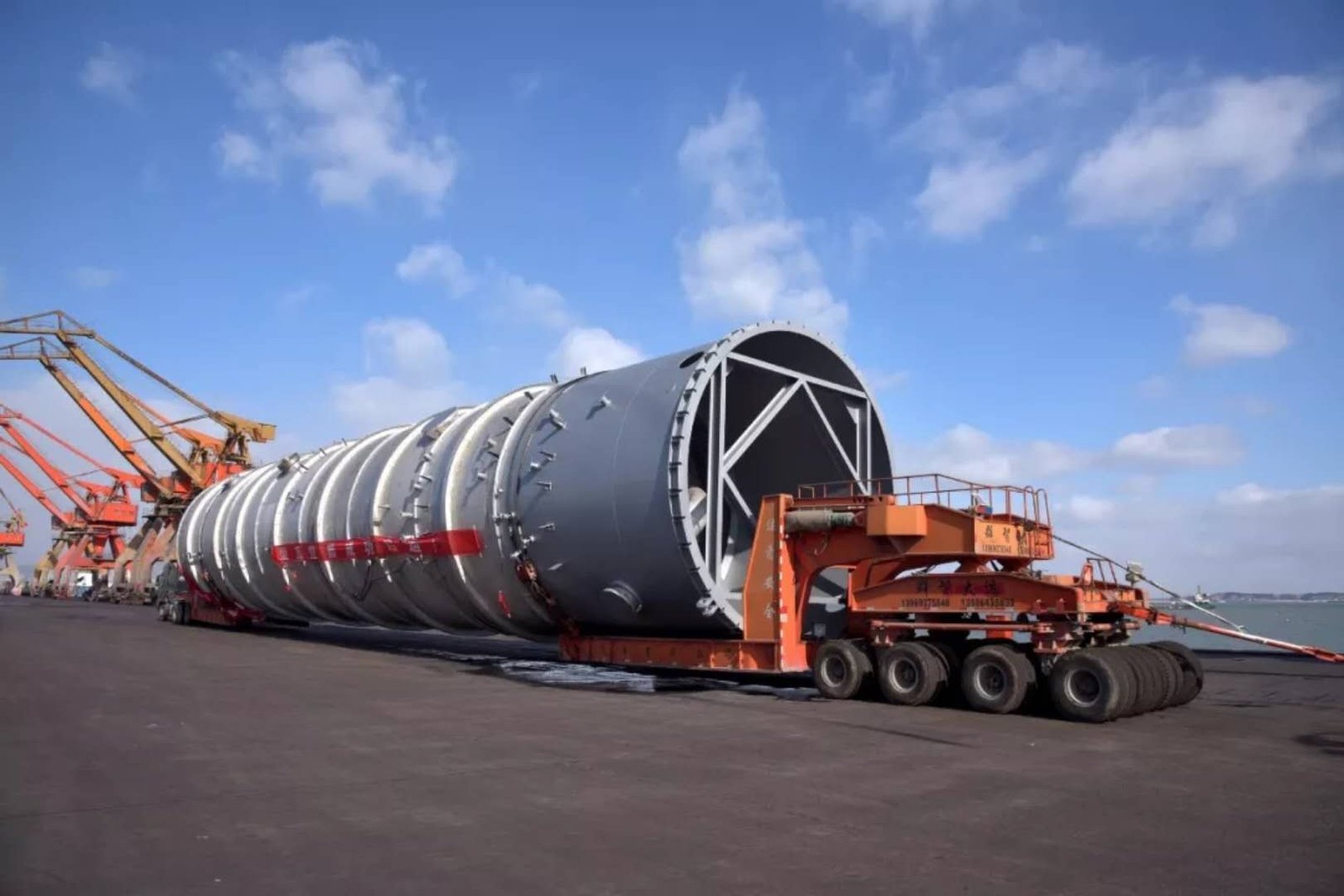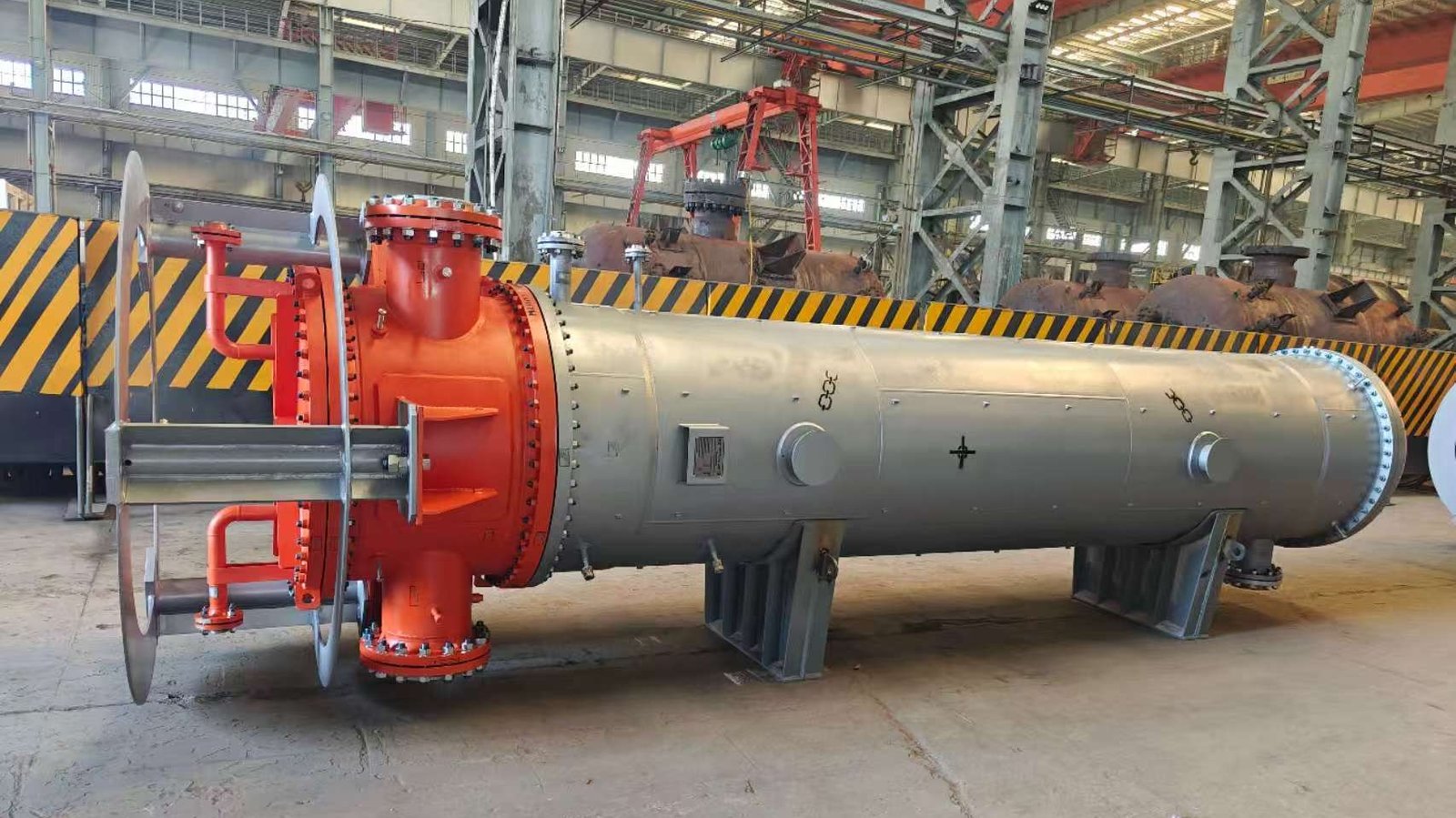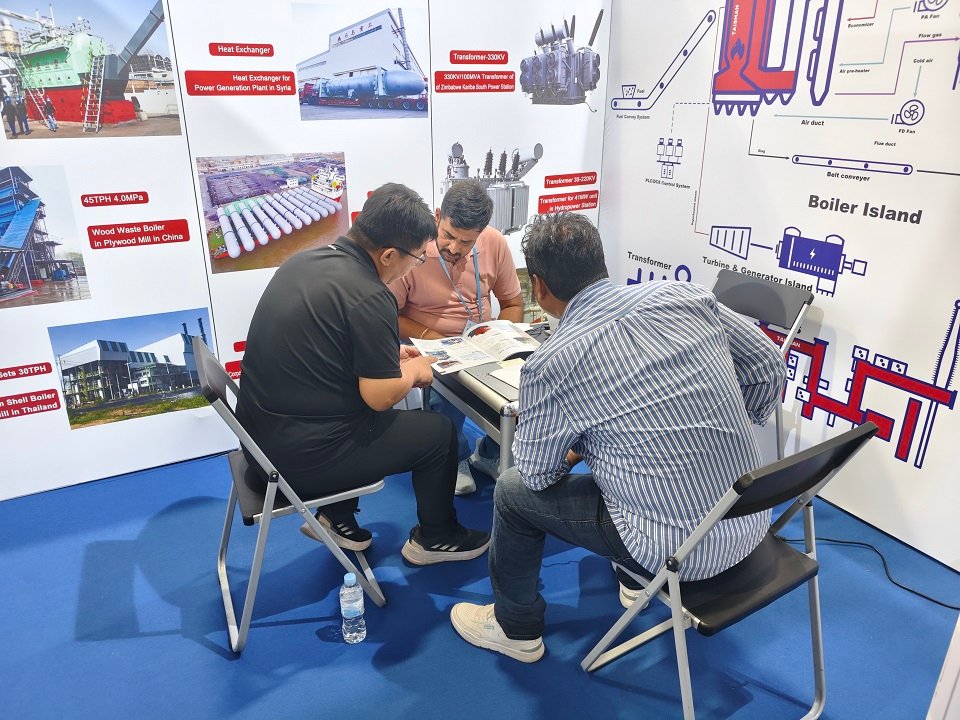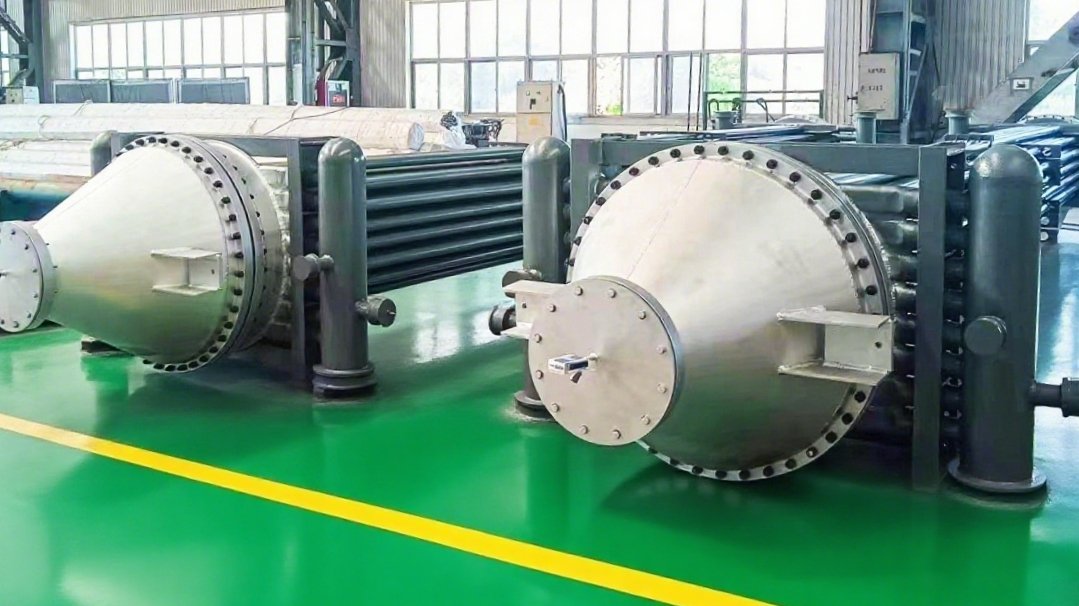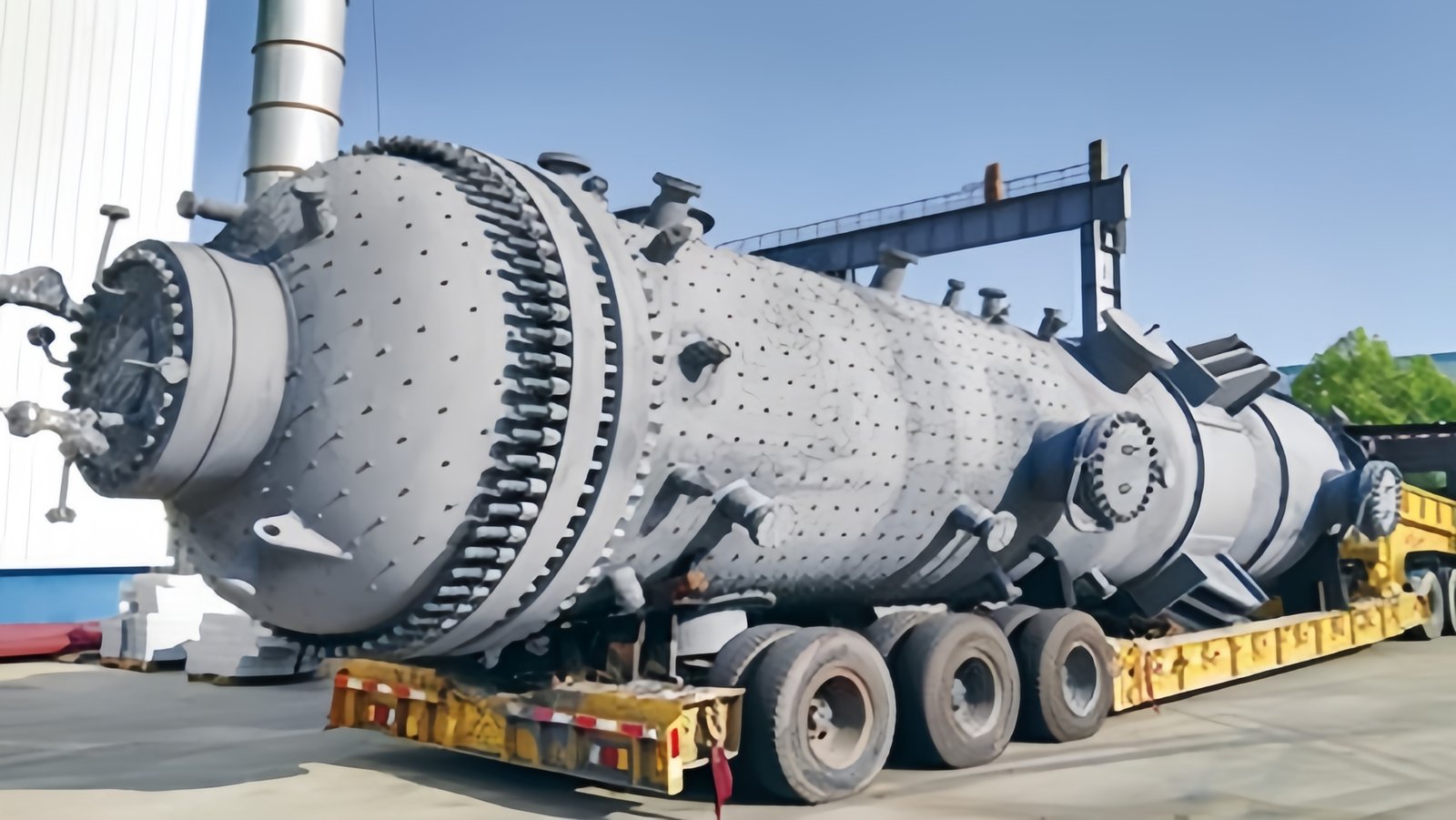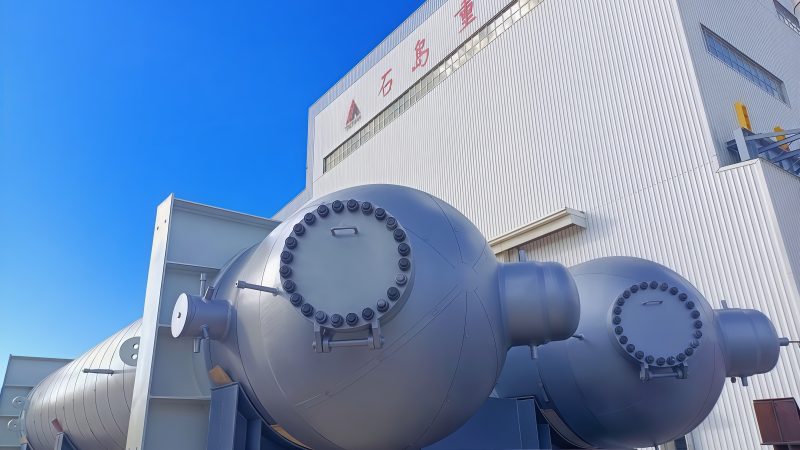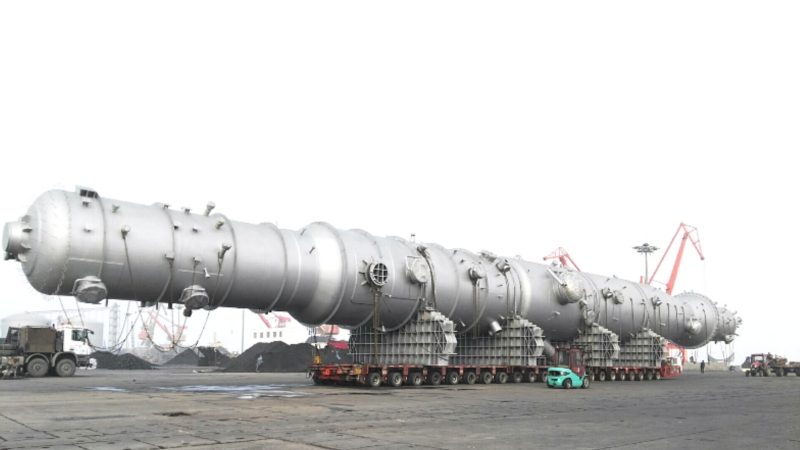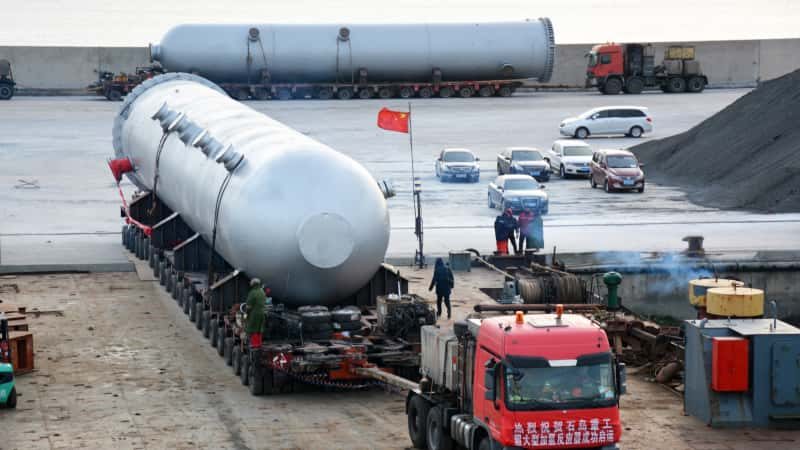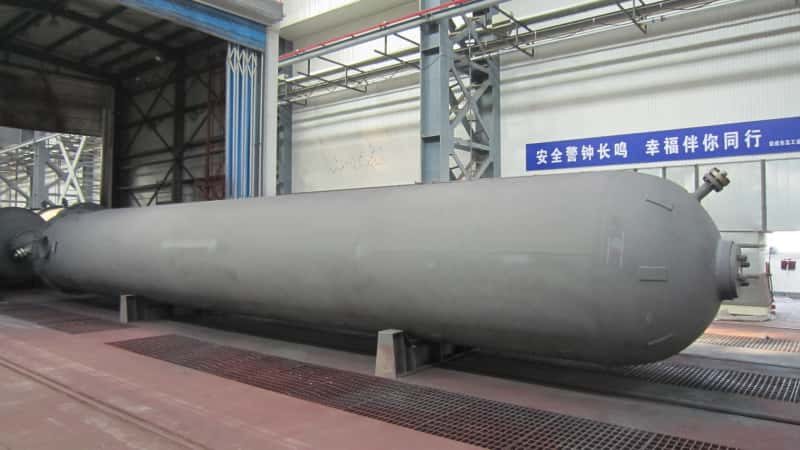When industrial systems depend on consistent water, air, or gas pressure, the reliability of a pressure tank becomes critical. Choosing the wrong supplier can lead to tank failure, pressure instability, contamination, or catastrophic safety risks. Poor-quality tanks often suffer from premature corrosion, leaking welds, or inadequate certifications, causing significant downtime and costly replacements. The solution lies in selecting a qualified and technically competent pressure tank manufacturer who guarantees performance, compliance, and durability. This article provides a professional, technical framework to help procurement specialists and engineers identify the most reliable supplier for their application.
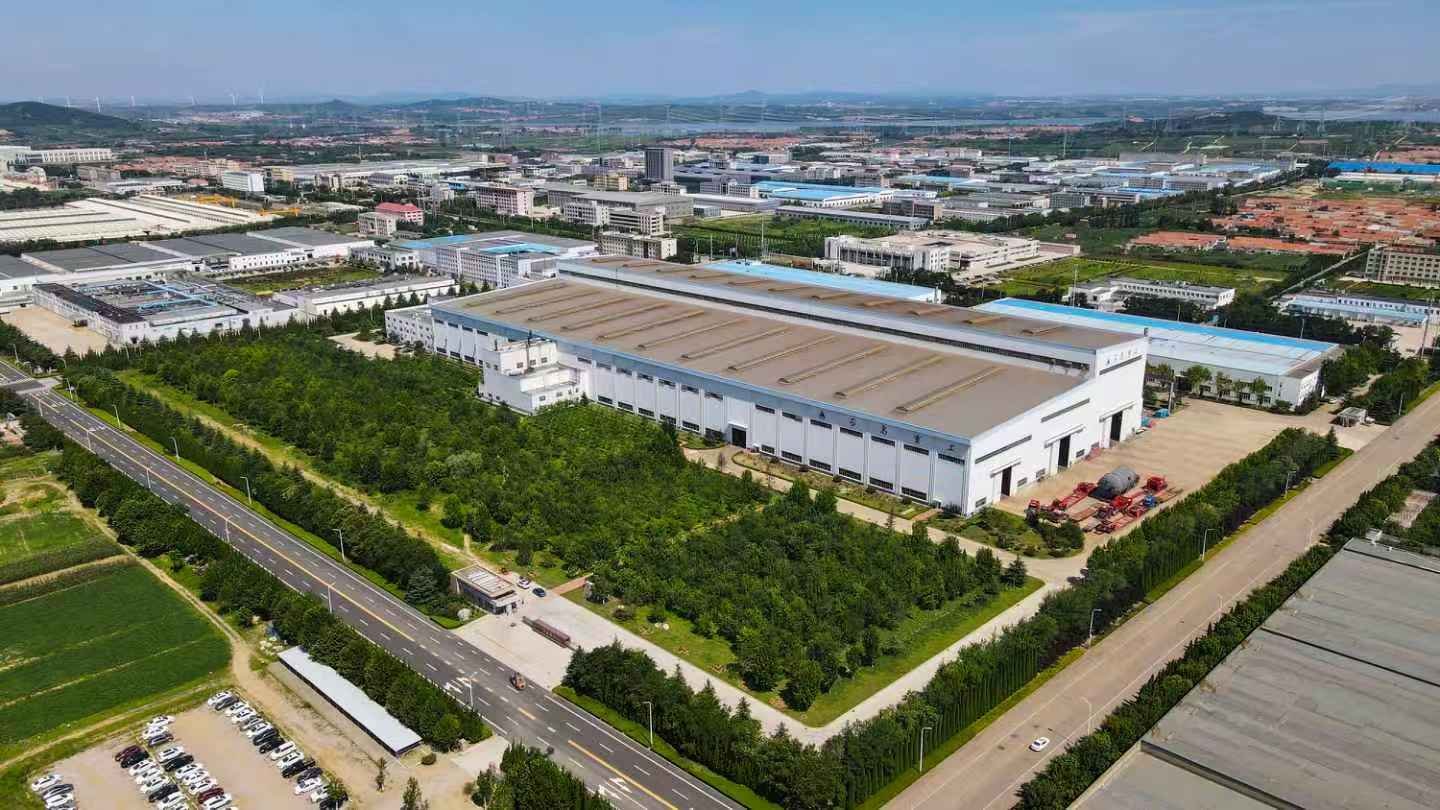
The key criteria for selecting a reliable pressure tank supplier or manufacturer include compliance with international standards (ASME, PED, ISO), proven manufacturing capability, certified materials and welding processes, pressure and leakage testing, long-term corrosion protection, customization capability, after-sales support, and verifiable references or project experience. Evaluating these parameters ensures the tank’s structural integrity, safety, and service life under demanding industrial or municipal conditions.
Selecting a trustworthy supplier is not just a procurement step—it’s an investment in long-term operational safety and cost efficiency. Keep reading to explore the technical and commercial details that distinguish a reputable pressure tank manufacturer from an unreliable one.
The reliability of a pressure tank depends mainly on its size.False
Reliability is determined primarily by material quality, pressure rating, design standard, and manufacturing precision, not just tank size.
Certification and Compliance with International Standards
Certifications are the first signal of a supplier’s technical credibility. Pressure vessels must be designed, manufactured, and tested according to recognized international standards to ensure safety and performance.
| Standard | Full Name | Region/Authority | Application Area |
|---|---|---|---|
| ASME Section VIII | Boiler and Pressure Vessel Code | USA / Global | High-pressure industrial tanks |
| PED 2014/68/EU | Pressure Equipment Directive | European Union | EU-compliant pressure systems |
| ISO 9001 / ISO 3834 | Quality and Welding Standards | Global | Manufacturing & welding quality |
| GB150 / GB151 | National Pressure Vessel Standards | China | Domestic and export markets |
| API 650 / API 620 | American Petroleum Institute | Oil, gas, and chemical industries |
A reliable manufacturer should not only hold valid certifications but also allow audits or documentation review upon request. For example, an ASME-certified tank guarantees adherence to strict design calculations, hydrostatic testing, and material traceability.
All pressure tank manufacturers must have ASME certification.False
ASME certification is essential for high-pressure and export applications, but local standards like PED or GB may also apply depending on the region.
Material Selection and Structural Integrity
The tank’s material determines its ability to handle pressure, corrosion, and temperature. Reputable suppliers use materials sourced from certified mills, with material test reports (MTRs) available for traceability.
| Material Type | Yield Strength (MPa) | Corrosion Resistance | Common Use |
|---|---|---|---|
| Carbon Steel (SA516 Gr.70) | 260–300 | Moderate | Air, water, oil storage |
| Stainless Steel (304/316L) | 205–240 | Excellent | Potable water, food, pharma |
| Duplex Steel | 450 | Superior | Chemical & marine use |
| Composite FRP | Variable | Excellent | Lightweight, corrosion-sensitive systems |
A supplier that performs finite element analysis (FEA) and hydrostatic testing during design validation ensures structural reliability under pressure cycles. Surface treatments like epoxy coating, hot-dip galvanizing, or internal linings further enhance tank lifespan.
Carbon steel pressure tanks are unsuitable for drinking water applications.True
Carbon steel can rust and contaminate potable water, so stainless steel or lined carbon steel tanks are recommended.
Design Engineering and Customization Capability
Industrial operations often require custom designs to match process pressures, flow rates, and environmental conditions. A capable manufacturer should provide:
- 3D CAD modeling and stress analysis
- Thermal expansion and fatigue evaluation
- Custom volume, shape, and pressure ratings
- Flange and nozzle configuration adjustments
For example, a tank rated for 10 bar operating pressure with a 1.5 safety factor should be designed for a test pressure of at least 15 bar according to ASME or PED standards.
| Design Factor | Typical Range | Purpose |
|---|---|---|
| Design Pressure | 6–25 bar | Defines tank class |
| Design Temperature | -20°C to 200°C | Ensures thermal safety |
| Safety Factor | 1.3–1.5 | Prevents rupture |
| Test Pressure | 1.5 × Operating Pressure | Confirms integrity |
A supplier that can simulate flow and pressure dynamics ensures that the final product meets your exact operational requirements.
Welding Process and Quality Control
Welding is the heart of any pressure tank’s structural integrity. High-quality welds prevent leaks and ensure pressure containment.
Reliable suppliers employ certified welders and advanced welding techniques such as GTAW (TIG) or SMAW (Stick), coupled with non-destructive testing (NDT):
- Radiographic (X-ray) inspection
- Ultrasonic testing (UT)
- Magnetic particle testing (MT)
- Dye penetrant (PT) for surface cracks
| Welding Parameter | Recommended Practice | Purpose |
|---|---|---|
| Weld Procedure | WPS/PQR Certified | Ensures repeatable quality |
| NDT Coverage | ≥ 10% critical welds | Detects internal defects |
| Post-weld Heat Treatment (PWHT) | 580–620°C | Reduces residual stress |
Pressure tanks can be welded without post-weld heat treatment.False
PWHT is essential for thick-walled or high-pressure vessels to relieve residual stresses and prevent cracking.
Pressure and Leak Testing
Every pressure tank must undergo stringent testing before dispatch. Standard tests include:
- Hydrostatic Test: Tank filled with water and pressurized to 1.5× design pressure.
- Pneumatic Test: Conducted when hydrostatic testing is impractical.
- Helium Leak Test: For high-integrity or vacuum tanks.
| Test Type | Medium | Test Pressure | Detection Sensitivity | Application |
|---|---|---|---|---|
| Hydrostatic | Water | 1.5 × design pressure | Visual | Most tanks |
| Pneumatic | Air/Nitrogen | 1.1 × design pressure | Fine leaks | Fragile vessels |
| Helium Leak | Helium gas | Low | Very high | Cryogenic/chemical systems |
Suppliers should provide detailed test certificates, pressure logs, and visual inspection reports for each unit.
Hydrostatic testing is optional for pressure vessels.False
Hydrostatic testing is a mandatory step under most international pressure vessel standards.
Surface Coating and Corrosion Protection
Even the strongest steel can degrade rapidly without proper surface treatment. Reliable manufacturers apply multi-layer coatings suited to the environment:
- Epoxy internal coating (potable water)
- Polyurethane or zinc primer (industrial use)
- Hot-dip galvanization (outdoor corrosion protection)
- FRP linings for chemical resistance
| Coating System | Thickness (µm) | Application | Service Life |
|---|---|---|---|
| Epoxy (drinking water) | 150–250 | Potable water tanks | 10–15 years |
| PU/Zinc Primer | 200–300 | Industrial storage | 8–12 years |
| FRP/Glass Lining | 300–600 | Chemicals, acids | 15+ years |
A professional supplier should perform holiday testing (to detect coating pinholes) and issue coating inspection records.
Technical Documentation and Traceability
Comprehensive documentation ensures legal and technical compliance. A reputable supplier provides:
- Design drawings and calculations
- Material certificates (EN 10204 3.1)
- Welding procedure records (WPS/PQR)
- Pressure test and inspection reports
- Operating and maintenance manuals
Lack of documentation is a red flag indicating poor quality control or potential noncompliance.
After-Sales Support and Service Capability
Long-term reliability extends beyond delivery. Evaluate the supplier’s commitment to:
- Spare parts availability
- On-site installation or commissioning
- Routine inspection and maintenance support
- Warranty period (typically 12–24 months)
Manufacturers offering lifetime service agreements or remote monitoring systems demonstrate genuine commitment to customer success.
Once installed, pressure tanks require no maintenance.False
Regular inspections, pressure checks, and safety valve testing are essential for safe and efficient long-term operation.
Reputation, References, and Quality Track Record
A reliable pressure tank manufacturer should have a proven track record with industrial or municipal clients.
Ask for:
- Case studies and reference projects
- Client testimonials or certifications from third-party auditors
- Global project portfolios (water treatment, HVAC, oil & gas, chemical)
| Evaluation Metric | Good Supplier | Poor Supplier |
|---|---|---|
| Certifications | ASME, ISO, PED valid | None or expired |
| References | 10+ completed projects | No evidence |
| Delivery Record | >95% on-time | Frequent delays |
| Support | 24/7 response | Unreachable post-sale |
Conclusion
Choosing the right pressure tank manufacturer is a multi-criteria decision that combines engineering evaluation, quality assurance, and trust. A certified, transparent, and technically capable supplier ensures your system’s safety, performance, and longevity. Cutting corners in supplier selection can lead to operational risks far greater than initial cost savings.
Call to Action
Looking for a certified, high-quality pressure tank manufacturer with full design and testing capabilities?
Contact our engineering team today for technical consultation, customization options, and complete pressure vessel solutions built to international standards. Your system’s safety and reliability start with the right manufacturing partner.
References
- ASME Boiler and Pressure Vessel Code – ASME
- Pressure Vessel Manufacturing Standards – ISO
- Selecting the Right Pressure Vessel Manufacturer – Chemical Processing
- Pressure Tank Materials Guide – Engineering Toolbox
- Pressure Vessel Design and Construction – ScienceDirect
- Quality Control in Pressure Vessel Fabrication – AZoM Materials
- PED Pressure Equipment Directive Overview – European Commission
- Best Practices for Pressure Vessel Maintenance – Inspectioneering
- Understanding Pressure Vessel Testing – TÜV Rheinland
- Choosing Reliable Industrial Equipment Suppliers – Plant Engineering

